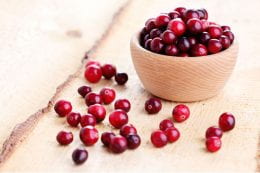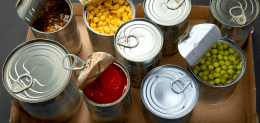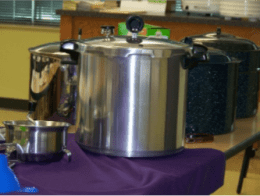 There’s still time to sign up for the North Dakota State University Extension Field to Fork webinar series!
There’s still time to sign up for the North Dakota State University Extension Field to Fork webinar series!
If you have missed earlier webinars you can listen to the recordings posted on the website link above. In particular, these webinars are related to food safety and food preservation.
- Understanding Product Dating: Food Safety vs. Food Quality – Byron Chaves, University of Nebraska – Lincoln, Assistant Professor, Food Safety and Extension Specialist
- Tips for Preserving the Bounty of the Harvest – Barb Ingham, University of Wisconsin Madison, Professor, Food Science | Food Safety Extension Specialist
Webinars for 2024 continue weekly through May 1, 2024. Sign up to receive the Zoom link or notification of recordings. Past webinars can be found on the Field to Fork website.
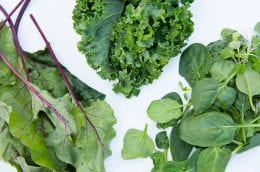
 Food preservation education is essential to preserving food safely. Using the most up-to-date recipes and methods can lead to success. The following K-State Research and Extension publications have been updated, and a few more will be available in the next few weeks. All of these will be translated into Spanish.
Food preservation education is essential to preserving food safely. Using the most up-to-date recipes and methods can lead to success. The following K-State Research and Extension publications have been updated, and a few more will be available in the next few weeks. All of these will be translated into Spanish.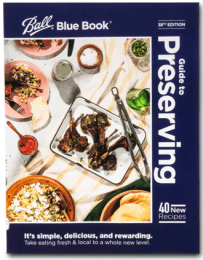 It has been a few years since the Ball® Blue Book® has been updated. The new 38th edition will be coming out this spring.
It has been a few years since the Ball® Blue Book® has been updated. The new 38th edition will be coming out this spring.